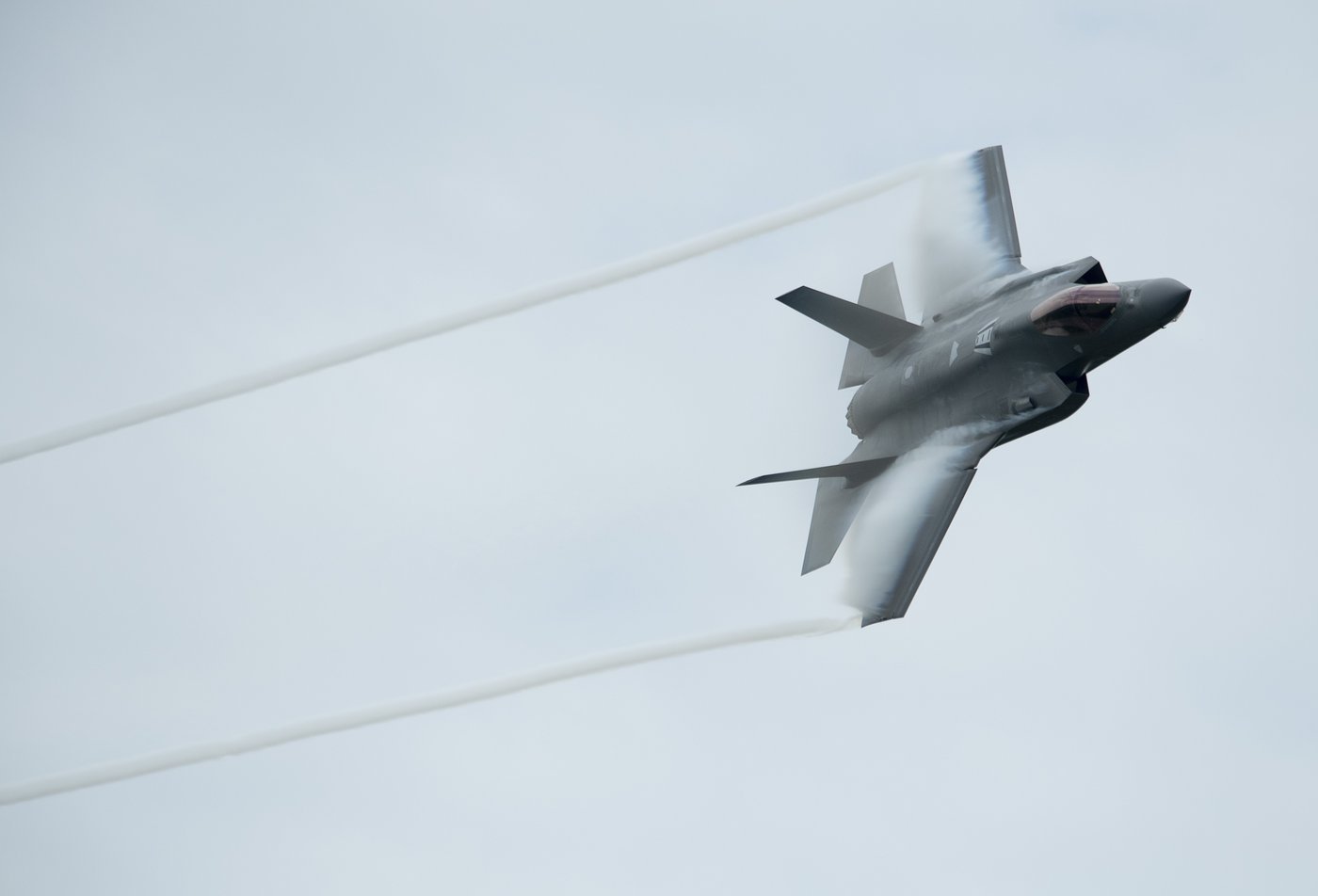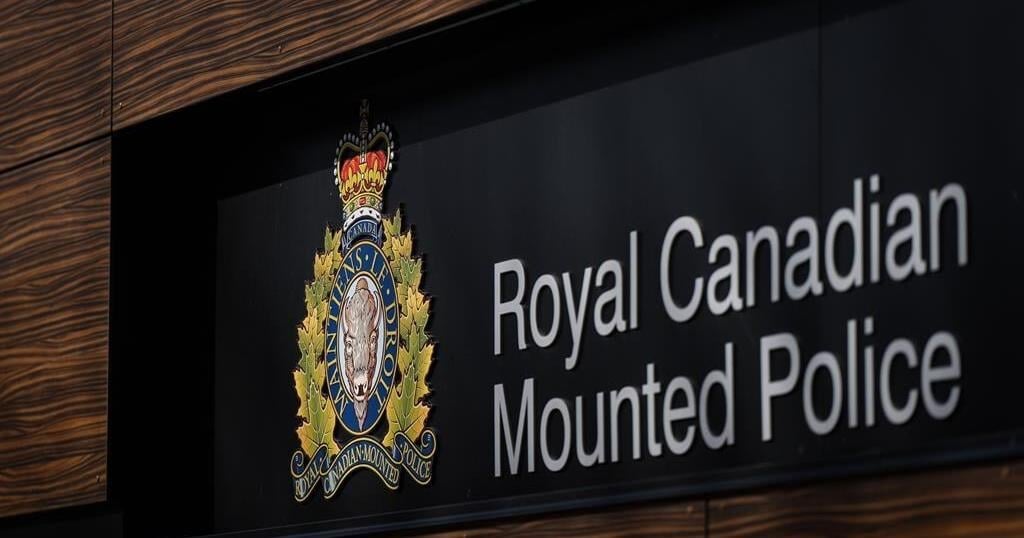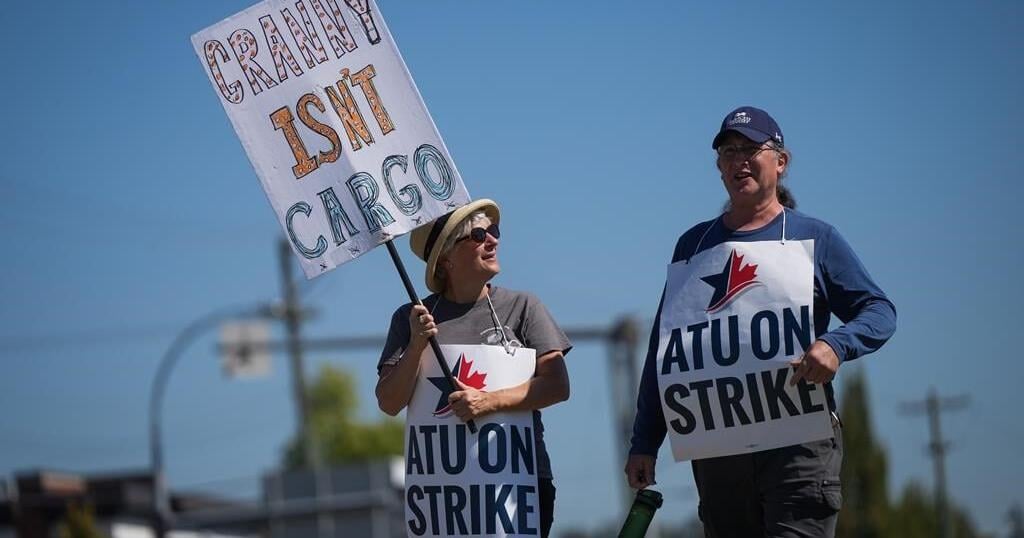After more than a decade of partisan politics and government mismanagement, Canada is buying the F-35 fighter jet. But while the announcement has been welcomed by some, questions remain. Here’s what you need to know:
What is Canada buying, and why?
Defence Minister Anita Anand announced Monday that Canada will purchase 88 F-35As to replace its 76 CF-18 fighter jets. Canada needs a new fighter jet because the CF-18s, which were built in the 1980s, were supposed to have been already retired. To keep them flying until the F-35 arrives, the government is spending more than $1 billion. The F-35 is expected to field state-of-the-art technology, including advanced sensors and a design that makes it hard for adversaries to detect.
While some activists have questioned the need for a new fighter jet, defence analyst David Perry of the Canadian Global Affairs Institute said such aircraft are critical to defending Canada’s interests at home and abroad.
“Aside from obligations to our allies, we have an obligation to the Canadian population to defend our own country,” he said.
What version of the F-35 is Canada buying?
There are three types of F-35: the F-35A, F-35B and F-35C. The primary difference is the space each requires to take off and land, which also affects how much fuel and weaponry they can carry.
Canada plans to buy the F-35A. It is the most common version and uses normal runways and landing strips. The F-35B can take off from extremely short runways and land vertically. The F-35C is designed to operate on aircraft carriers.
Some Canadians may have seen a video posted on social media last month in which an F-35 flipped over while coming straight down for a landing. That was an F-35B.
“The B model has its own unique systems and controls,” said Richard Aboulafia, one of the world’s leading F-35 analysts. “It’s a very different aircraft compared to the A model.”
What about all the problems with the F-35?
Experts say the F-35 has come a long way since 2010, when Stephen Harper’s Conservative government first announced plans to buy the aircraft without a competition. At that time, there were countless reports about cost overruns, technical problems and whether the F-35 could fight.
However, 17 other countries have decided to buy the plane, including fellow Arctic nations such as the United States, Norway and Denmark. So far, 900 F-35s have been built and delivered.
“The F-35 debate ended a long time ago,” Aboulafia says.
There are nonetheless still some concerns. Officials have said that Canada will be getting the latest version of the F-35 in 2026, known as Block 4. Blocks are a way to categorize rounds of upgrades, which University of Calgary defence analyst Timothy Choi compares to the way computer operating systems are regularly upgraded.
In this case, Block 4 F-35s are expected to include the latest software and hardware capabilities. However, the U.S. Government Accountability Office, the equivalent of Canada’s auditor general, said in a report last year that the development of Block 4 has been plagued by problems, and Choi said it’s an open question whether they will be ready by 2026.
“That is a big, giant upgrade for the F-35 that has been in the works over the last decade or so, and it has run into a number of developmental delays and cost overruns,” he said. “That is one of the main causes of concern.”
What about the cost?
Canada is one of eight partners in the development of the F-35, meaning it has contributed hundreds of millions of dollars toward developing the plane. One of the benefits is that the partners pay the same amount per plane — which officials say is currently US$85 million, or about $114 million.
The price has actually come down as more of the jets are built. But there are growing indications the cost per plane could start to climb as a result of inflation, supply chain issues and other factors.
“The cost had been coming steadily down over the last 10 or 15 years,” said Aboulafia. “But inflation seems to be hitting all defence programs.”
He added that exchange rates between the Canadian and American dollar will also be a factor.
Defence officials pegged the full cost of owning and operating 88 F-35s over the next 30 years at around $70 billion. That represents a significant increase over the $45 billion that officials said it would cost to own and operate a fleet of 65 F-35s in 2014, when the Harper government pushed pause on its original plan to buy the planes.
Perry said more planes and higher rates of inflation would account for some of the $25-billion difference. However, he said the Liberal government needs to explain why Canada is paying so much more, particularly given that one of the main criticisms of the Harper government’s plan was a lack of transparency over costs.
“The controversy in 2010 largely related to costs and the auditor general and the parliamentary budget officer coming in with different numbers and saying that the full life cycle cost picture hadn’t been itemized,” he said.
“And then you have an announcement (on Monday) with much higher numbers. I think parts of that are relatively understandable. But it’s pretty curious to me that wasn’t actually spelled out.”
What else do we need to know?
There are several other uncertainties about the decision to buy the F-35s. Aboulafia describes the purchase schedule as relatively ambitious, with Canada planning to receive 18 F-35s per year between 2029 and 2032.
“No foreign customer has ever gotten, so far, to 18 per year,” he said.
The government also needs to upgrade Canada’s two fighter jet bases in Cold Lake, Alta., and Bagotville, Que., before the F-35 can operate on Canadian soil. Those upgrades will also include modernizing the military’s information networks, and are supposed to be finished by 2029. Given Canada’s record on military procurement, Choi said he has concerns about the timelines.
As for the economic benefits of the deal, the government says Canadian companies will be able to bid on billions of dollars in contracts associated with building and maintaining the hundreds of jets that will be built and operated over the next few decades.
Perry said the decision to buy the plane does open the door to more opportunities, but that because of the nature of the F-35 partnership with other allies, there is no guarantee of work or economic spinoffs like with other military procurements.
“That whole relationship is really complex,” he said. “We’ll have to watch how that all evolves over time.”
This report by The Canadian Press was first published Jan. 10, 2023.
Related






























